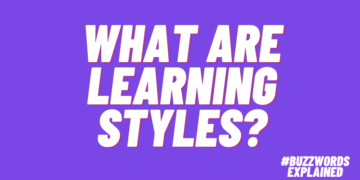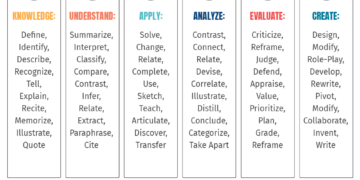Are you finding it hard to get your students engaged in coursework? Does it sometimes feel like your lessons are dragging? I’ve been there, and trust me, I’ve got a solution that might just change the way you approach teaching. Let me tell you about an experience I had that turned everything around.
A couple of semesters ago, in my creative writing class, I had a student who really struggled with using his voice in class. His writing was always excellent, but when it came to participating in discussions, he just couldn’t seem to find the words. I could tell he had so much to say, but he just wasn’t comfortable speaking up. Then, we started our nonfiction unit, and I decided to shake things up by using a more multimodal approach. The students were asked to submit nonfiction articles about school-wide events; this student decided to write about something he was passionate about, sports. He even went around campus, taking photos to complement his article. When he posted it in the school’s magazine, the feedback he received was overwhelming. People loved it, and he told me how much it meant to finally be heard in a way that felt comfortable to him.
As educators, we’re always looking for ways to engage our students and make learning feel meaningful. Not every student learns the same way, and it’s so important that we find ways to reach all of them. That’s where multimodal learning comes in, and trust me, it’s a game-changer. If you’ve ever used visuals, audio, or hands-on activities in your classroom, then you’ve already been incorporating multimodal approaches without even realizing it!
So, what exactly is multimodality? In simple terms, it’s the use of different modes or methods to communicate and learn. This can include visual, auditory, written, and even tactile (or kinesthetic) elements. By mixing things up in your lessons, you can cater to different learning styles, making content more accessible and engaging for all students. And let’s be honest, who doesn’t need a little variety in their teaching routine? It keeps things fresh and exciting, especially when you’re teaching after a long break.
Now, I get it…integrating all these different modes into every lesson might seem a bit overwhelming at first. But it’s not as complicated as it sounds! You don’t have to reinvent the wheel with every lesson plan. The benefits, though, are huge—for both you and your students.
One of my favorite ways to bring multimodal learning into the classroom is through a group project I do at the end of each semester. For this project, I have students explore the history of our college, but with a twist, they need to present their findings through a variety of modalities. Some students focus on the auditory element, creating videos or slideshows with interviews from campus members. To implement the tactile element, most chose physical objects like monuments or pieces of art to analyze. The written component comes through a reflective essay, and the visual side could be anything from a video to a live performance.
What makes this project so powerful is that it recognizes the different ways students learn. It’s not about one “right” method, it’s about embracing their unique strengths and encouraging them to experiment. But you don’t need a huge project to see the benefits of multimodal teaching. I weave these strategies into my daily lessons, too. Here are three simple ways I incorporate multimodal elements that you might want to try:
1. Music for Focus:
When my students are working independently, I play lo-fi music in the background. It creates a calm, focused atmosphere and signals that it’s time for individual work. When the music stops, it’s time to transition. It’s a small thing, but it helps create a routine and keeps the class moving forward.
2. Videos to Enhance Learning:
Videos are such a great resource for bringing lessons to life, whether it’s a documentary, an animated explanation, or even a video project created by students. These visual and auditory elements engage different learning styles and can help reinforce key concepts. Plus, you can have your students create their own videos, which helps fosters creativity and teamwork.
3. Tactile Learning for Creativity:
Sometimes, we get so wrapped up in screens that we forget about the power of hands-on learning. Even in higher education, tactile activities can be incredibly valuable. I encourage my students to use physical materials to represent ideas, whether that’s drawing, creating collages, or brainstorming with Post-its. These activities help solidify their understanding and make abstract concepts feel more real.
When you bring multimodal strategies into your lessons, you’re showing your students that you care about how they learn. You’re creating an environment where all types of learners can thrive, and that builds a stronger classroom community. And honestly, the possibilities for multimodal instruction are endless.

My name is Delila Matara, and I am an English and Humanities instructor at Valley Forge Military College, as well as a part-time ESL instructor at Montgomery County Community College. I hold a Master’s in Education from Temple University in Philadelphia and have been teaching in higher education for the past two years. I also have a TEFL certificate and am about to complete my ESL certificate, as I love learning about language and teaching English as a second language. My academic interests are international and feminist literature, and I am dedicated to inspiring my students through a love of reading & writing!




















